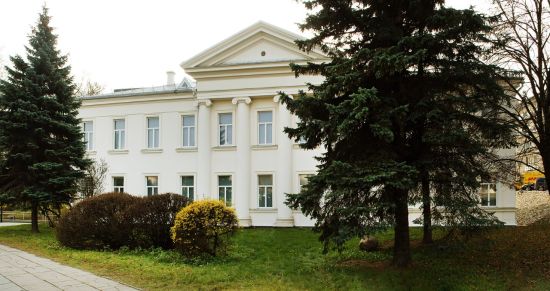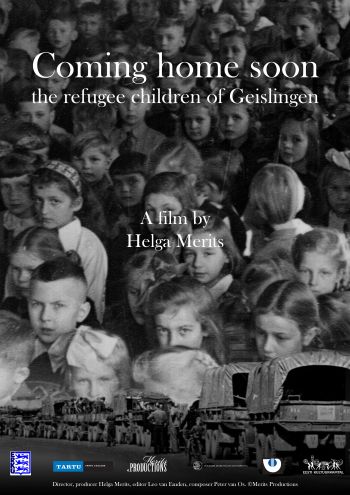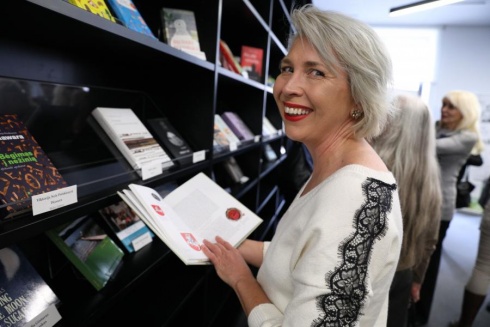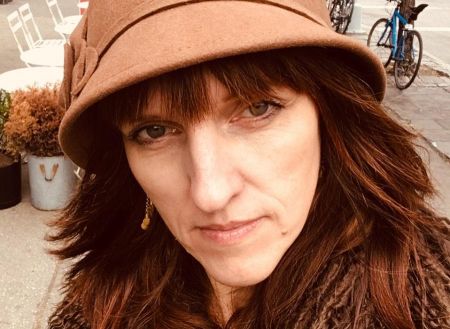
The branch of the Lithuanian National Museum of Art which has been operated as the Vytautas Kasiulis Art Museum has been transformed into the Lithuanian Diaspora Art Museum. In order to form a new identity of the museum and to acquaint visitors with the contribution of Lithuanian artists who have lived and created abroad, an extensive program has been prepared.
In May-June, the museum will open two exhibitions of Lithuanian diaspora artists: “Unknown Juozapas Jurkūnas (Jur Jurkun)” and “Vaclovas Ratas: Beyond the Equator.” In November-December, the museum will host a personal exhibition “Antanas Mončys: Faces and Spirits” dedicated to the 100th anniversary of Antanas Mončys and an exhibition “Between Expectations and Opportunities” reflecting the works of women artists in interwar Vilnius. On October 27, the Lithuanian National Museum of Art and the Lithuanian Cultural Research Institute will organize an interdisciplinary conference “Migration: Concepts and Experiences” at the National Gallery of Art. In May 2022, the museum will host an extensive exposition dedicated to the art of the Lithuanian diaspora.




